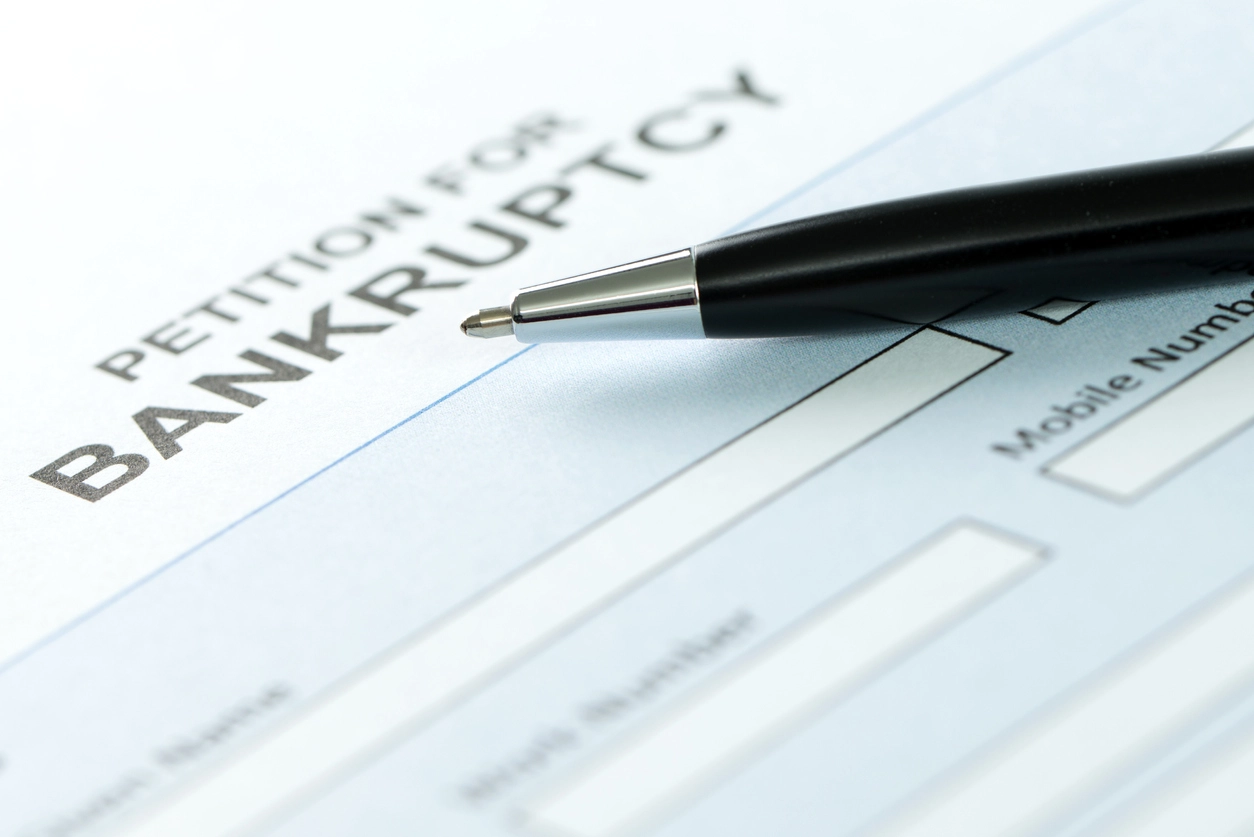The nation’s leading wedding retailer is considering a marriage of its own – a marriage to bankruptcy.

Online Shopping Continues to Hurt Retailers
Like many other retailers who struggled to innovate in the digital age, David’s Bridal has seen its business slowing down in recent years as more brides order dresses from online companies, companies out of the U.S. or simply don’t see the styles they like at David’s Bridal. Another possible reason for the decline is the decline in marriage rates in the U.S., as more millennials opt out of the age-old tradition. In fact, the number of new marriages per 1,000 Americans was 6.9 in 2016, down from 8.2 in 2000, according to the U.S. government. It is expected this number will continue to fall.
As well, some analysts believe the retailer’s difficulties also stem from a difficult acquisition back in 2012, by private equity firm Clayton, Dubilier & Rice.
David’s Bridal has been unable to reach an out-of-court deal with its creditors, and recently skipped a debt payment; the store owes about $760 million. The skipped payment was intentional, as per a representative of David’s Bridal; the payment was skipped during the course of the negotiation process with creditors.
Following this, S&P Global Ratings lowered David Bridal’s credit rating from CCC-, suggesting the borrower is vulnerable to not paying back future debts on time, if at all.
What’s Next?
The retailer does not intend to completely shut down, should it file for Chapter 11. Many stores would be closed or liquidated, but the overall business would continue operating regardless of a court filing. David’s Bridal sells about one in three wedding dresses in the U.S., from one of its 300+ stores and website. Its estimated annual retail revenue is $791 million, according to IBISWorld, a market research firm. And though the average price paid for a wedding dress fell by 3.5 percent from 2016 to 2017, David’s Bridal is still a household name that women turn to during their epic hunt for the perfect dress.
The overall goal during the process of debt negotiations with their bankruptcy attorneys is to ease the retailer’s debt load with a pre-negotiated restructuring plan. As mentioned, a plan has not been yet reached by David’s Bridal and the three creditor groups. One proposed out-of-court scenario includes a paydown of the retailer’s existing bank debt using cash from the rights offering backed by existing noteholders and an extension of the company’s bank debt. If that option was chosen, existing bondholders would probably take equity as part of the paydown.





